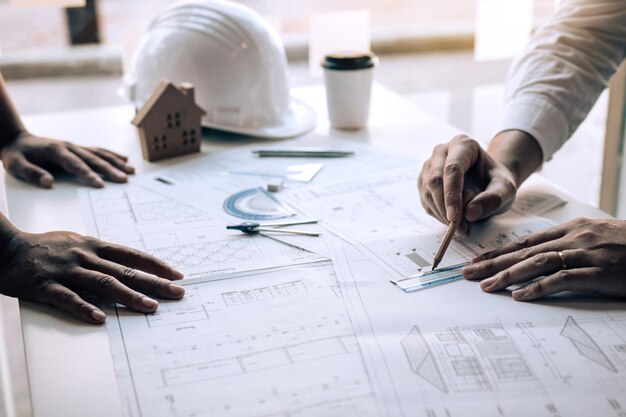20 Unwritten Rules About Architecture

Architecture is not just about creating functional spaces, but also about respecting tradition, embracing innovation, and understanding the deeper cultural and social implications of design. While there are established principles and guidelines in architecture, there are also many unwritten rules that every architect should keep in mind. These subtle yet significant rules help guide design decisions and ensure that buildings serve both their purpose and the people who interact with them. Here are 20 unwritten rules about architecture:
- Function over form
While aesthetics are important, the primary purpose of any building should be its functionality. A design should always prioritize usability, accessibility, and comfort over purely visual appeal. - Design with the user in mind
Architectural design is about the people who will use the space. Understanding the needs and experiences of the users is critical. Design should enhance the lives of those who interact with the building. - Respect the surrounding environment
Buildings should integrate with their surroundings rather than overpower them. This includes understanding the natural landscape, local architecture, and community dynamics. Architecture should complement, not dominate, the space it inhabits. - Less is more
Simplicity often leads to better results. A clean, simple design is often more elegant and timeless than one overloaded with complex details. This principle, rooted in minimalism, values restraint over excess. - Embrace sustainability
Modern architecture demands a focus on sustainability. From energy-efficient designs to sustainable materials, buildings should reduce their environmental impact and contribute to a greener future. - Every detail matters
Architectural design is all about the details. From the texture of a wall to the finish of a door handle, every element contributes to the overall experience of the space. - Balance tradition and innovation
While modernity is important, it’s equally crucial to respect the architectural traditions of the area or culture in which you’re building. Striking the right balance between old and new can create truly unique spaces. - Create a sense of place
A good building should give its users a sense of identity and belonging. Architecture should reflect and amplify the character of the site, fostering a connection between the building and its context. - Consider the human scale
Buildings should be designed with the human body in mind. The scale of spaces, doorways, and furniture should be proportionate to the size of the people using them, ensuring comfort and ease of movement. - Plan for natural light
Natural light plays a crucial role in creating inviting, healthy spaces. The placement of windows, skylights, and other openings should be optimized to maximize daylight while reducing the need for artificial lighting. - Don’t ignore acoustics
Sound has a major impact on the quality of a space. Architects must consider acoustics when designing spaces like concert halls, offices, and residential areas to ensure that noise is properly managed and comfort is maintained. - Think long-term
Buildings are long-lasting investments. Design choices should consider the building’s future use, maintenance, and adaptability. Flexibility in the design allows a structure to evolve over time. - Prioritize circulation
Efficient circulation within a building is essential. The flow of movement, from corridors to staircases, should be intuitive and minimize congestion. Circulation routes should support the function and accessibility of the space. - Be mindful of color
Color can significantly influence the mood and functionality of a space. Thoughtful use of color can energize or calm a room, impact productivity, and affect the overall experience of the space. - Design for privacy and openness
A successful design finds a balance between privacy and openness. While public spaces need to be welcoming and open, private spaces should offer the necessary seclusion and comfort. - Use materials wisely
Materials should not only be chosen for aesthetic appeal but also for durability, maintenance, and environmental impact. The longevity and functionality of a material must align with the overall vision of the building. - Plan for future technology
In the modern world, technology evolves quickly. Architects must anticipate the technological needs of a building, ensuring that it can accommodate future upgrades or installations, such as electrical wiring, smart systems, and security infrastructure. - Pay attention to entrances
The entrance of a building sets the tone for the entire space. It should be inviting, accessible, and clearly marked. A good entrance creates a welcoming transition between the outside world and the interior environment. - Don’t overlook landscaping
The design of outdoor spaces should be considered just as thoughtfully as the building itself. Landscaping plays a vital role in enhancing the experience of the building and integrating the structure with its natural surroundings. - Keep learning and evolving
Architecture is a constantly evolving field. It’s crucial for architects to stay up to date with new materials, technologies, and design philosophies while continuously learning from their own past projects and the work of others.
While architectural design is governed by established rules, the unwritten rules play an equally important role in shaping the final outcome. These principles guide architects to create spaces that not only look good but also serve the needs of their users and contribute positively to their environment. By respecting these unwritten rules, architects can design buildings that endure and inspire for generations to come.




